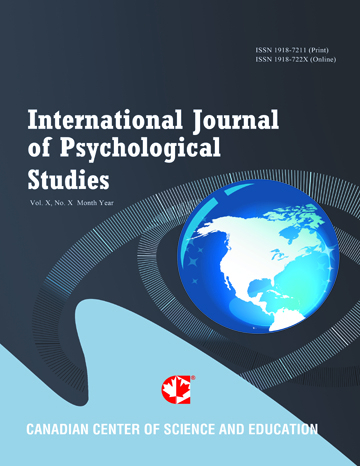Hemispatial Effects for Left- and Right-handers on a Pointing Task
- Pamela Bryden
- Sara Scharoun
- Linda Rohr
- Eric Roy
Abstract
The primary goal of the current study was to determine if left-handers show an advantage for each hand in its own region of space, as do right-handers. Additionally, the study aimed to determine whether a preferred-hand advantage for movement exists in a highly-practiced task. To examine these questions, 81 right- and 60 left-handers were administered the Waterloo Handedness Questionnaire (WHQ) and completed a computer-based pointing action, where kinematic data was recorded. Here, participants were required to move to a target, located to left, midline and right of the starting position, maximizing both speed and accuracy. A 3-target location (left, midline and right space) by two hand (left, right) repeated measures ANOVA was performed for each kinematic variable, for each handedness group separately. Results indicated that left-handers showed the same spatial compatibility or object proximity effect noted by other researchers in right-handers. However, no preferred-hand advantage was found, replicating the work of Bryden and Roy (1999) who showed that the existence of the preferred-hand advantage is dependent upon the degree of spatial precision required at the movement goal.
- Full Text:
 PDF
PDF
- DOI:10.5539/ijps.v4n4p46
Journal Metrics
1. Citations (March 2025): 10975
3. i10-index (March 2025): 233
For details about the Journal Metrics, please visit the Google Scholar website.
Index
- AcademicKeys
- CNKI Scholar
- Elektronische Zeitschriftenbibliothek (EZB)
- Excellence in Research for Australia (ERA)
- GETIT@YALE (Yale University Library)
- Harvard Library E-Journals
- JournalSeek
- JournalTOCs
- LOCKSS
- MIAR
- Open Access Journals Search Engine(OAJSE)
- Open J-Gate
- PKP Open Archives Harvester
- SHERPA/RoMEO
- Standard Periodical Directory
- The Keepers Registry
- UCR Library
- Ulrich's
- Universe Digital Library
- WorldCat
Contact
- Barbara SunEditorial Assistant
- ijps@ccsenet.org
